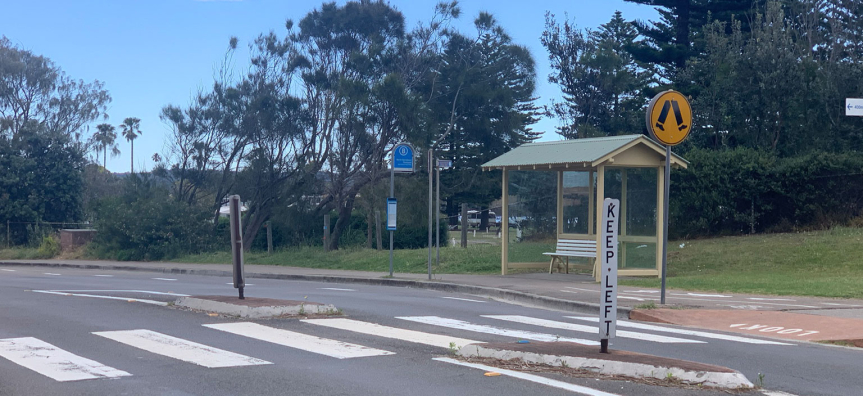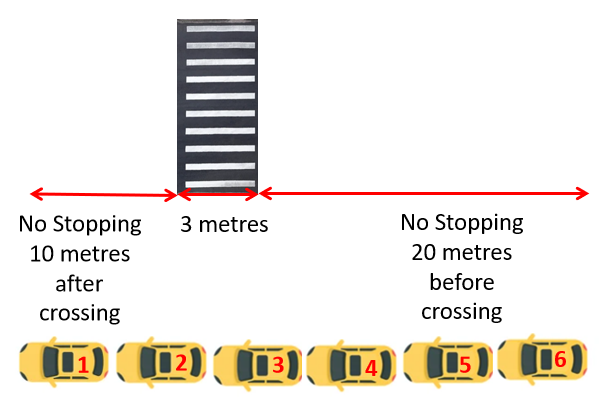
Share
We are committed to providing safe, active transport connections for people to help reduce car use and encourage physical activity.
We are regularly contacted to assess a location for the installation of a pedestrian crossing.
However, there are several issues to consider to ensure the safety and needs of everyone who uses our roads and paths.
Points of consideration
Connect busy places
- Crossings are only required where there are attractions on both sides of the road with regular pedestrian traffic.
- Such as between shops, between a school and a regularly used bus stop, or between a large recreational facility and a school.
Multi-lane roads are not safe
- The wider the road span, the greater the risk as cars will generally be travelling faster and there is more area for pedestrians to cross.
- Cars in other lanes may block sight lines of a driver or pedestrian.
Obstacles
Roads, paths and nature strips are busy places, with:
- driveways, drainage and public utility pits (for example, electricity and NBN),
- trees that could obscure visibility or have roots that would be a trip hazard
- steep slopes that mean that kerb ramps would not have a safe incline.
High pedestrian and vehicle volume required
- Roads with light traffic are generally safe for those over 10 years to cross (always hold the hand of a child under 10 years when crossing a road).
- Drivers who regularly pass a crossing with no pedestrians are likely to become ‘blind’ to it and may not slow down, increasing the risk of injury to pedestrians
- Some pedestrians expect that motorists will stop for them when they step onto a crossing and may not look first, giving little chance for motorists to stop. In these instances having a pedestrian crossing also increases the risk of injury to pedestrians.
Clear lines of sight
- Crossings must be placed where a pedestrian can clearly see traffic approaching from both directions.
- Drivers need to have enough time to see and react to pedestrians on the crossing, therefore not on bends or near crests in the road.

Reduced on-street parking
- A crossing replaces up to 33 metres, or approximately six car spaces on each side of the road.
- That’s potentially 12 parking spots lost.
More information
Council’s Road Safety team provides education and raises awareness on safety issues for drivers, passengers, pedestrians and bicycle riders.
Contact us council@northernbeaches.nsw.gov.au | 1300 434 434
